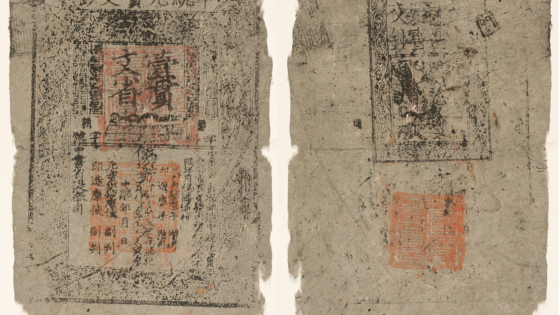Discussion paper
DP1906 Monetary Policy and Credit in China: A Theoretical Analysis
A three-sector macromodel of China’s economy is developed, in which the activity of state-owned enterprises (SOEs) is constrained by the state-imposed credit plan for working capital. Our analysis indicates the weakness of credit control and interest rate variation as anti-inflationary tools. In contrast, the hardening of SOEs’ budget constraints is an effective device. The existence of credit and currency controls tends to make devaluation contractionary. Furthermore, because of general equilibrium repercussions, policies that boost industrial exports tend to reduce welfare in rural areas, where poverty is concentrated.
£6.00


